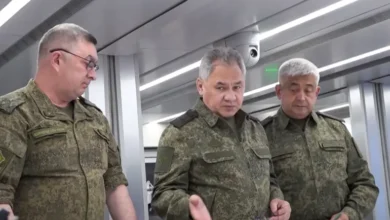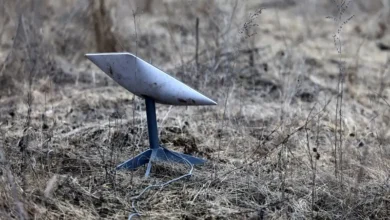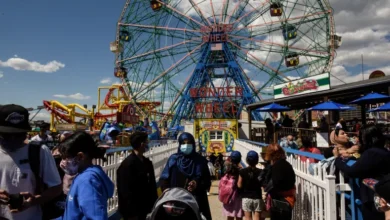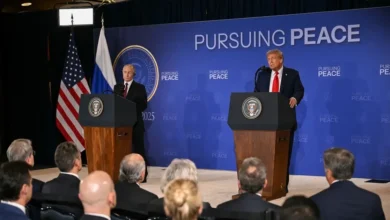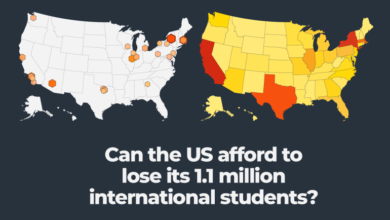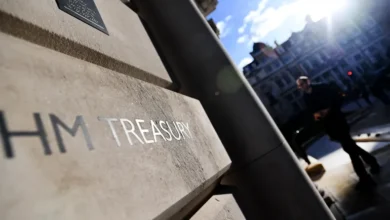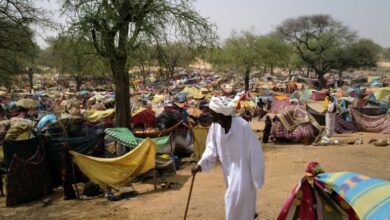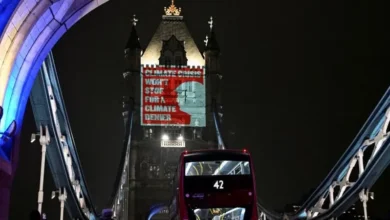‘New Normal’: Is Pakistan trying to set new red lines with Afghan Taliban?
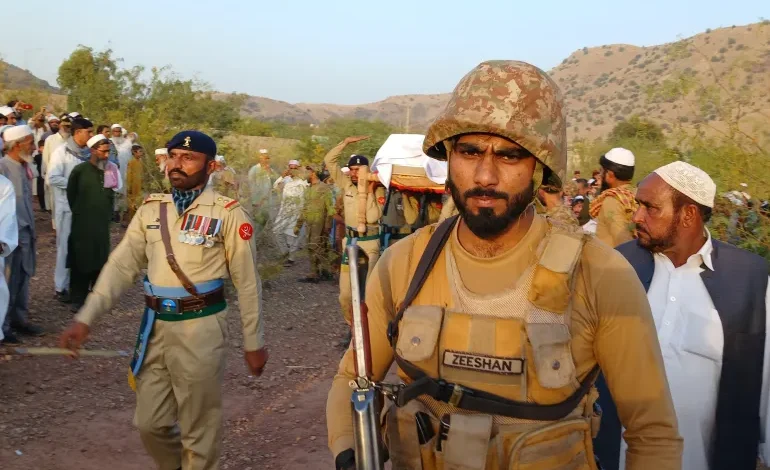
When Pakistan’s Foreign Minister Ishaq Dar visited Kabul in April and met his Afghan counterpart in the Taliban administration, Amir Khan Muttaqi, analysts viewed the occasion as marking a reset of relations amid the increasing hostilities between the two former allies.
Subsequent meetings between the two in May and August, brokered by China, reinforced that sentiment.
But a deadly weekend of clashes along the countries’ porous border has put those diplomatic overtures on hold. Islamabad says it killed more than 200 Taliban fighters, while the Afghan group says 58 Pakistani soldiers were killed. The death toll on both sides underscores how fragile the detente earlier in the year was.
Pakistan, which has been grappling with a dramatic surge in attacks, especially in the northwestern Khyber Pakhtunkhwa province, where dozens of military personnel have died, accuses the Taliban of giving sanctuary to armed groups that launch cross-border attacks.
The Taliban denies those charges. But on Thursday night, Kabul was rocked by explosions and gunfire. Pakistan neither confirmed nor denied involvement, but the Taliban government accused Islamabad of being behind the attacks in Kabul and in an eastern Afghan province, and promised retaliation.
Fighting flared again on Saturday night. Pakistan acknowledged that the clashes killed at least 23 of its soldiers and injured 29 and said its forces had taken control of more than 21 posts on Afghan territory. Kabul has not confirmed the Taliban’s casualty figures.
Cross-border fighting resumed on Tuesday night, as Pakistani military sources claimed that Afghan fighters launched “unprovoked” attacks on the border near the tribal district of Kurram. Pakistani officials claimed various Afghan posts were targeted and several “Afghan tanks” were destroyed.
Afghan government spokesperson Zabihullah Mujahid on Wednesday acknowledged Pakistani attacks with “light and heavy weapons”.
“More than 12 civilians were martyred and more than 100 were injured. After that, Afghan forces were forced to take retaliatory action,” Mujahid wrote on X.
The clashes have evoked parallels with Pakistan’s tense new equation with its eastern neighbour, India, after New Delhi blamed Islamabad for the killing of 26 civilians in Indian-administered Kashmir in April.
Like the Taliban’s position on anti-Pakistan armed groups ostensibly operating from Afghan soil, Islamabad, too, rejected any link with the attackers in Indian-administered Kashmir. But just as Islamabad has long accused the Taliban of sheltering groups that attack Pakistan, India has, for decades, alleged that Pakistan supports and sponsors “terrorist” groups that target its territory.
Now, some analysts say, Pakistan is trying to establish a “new normal” with the Taliban, by making clear that future attacks on its soil could invite retribution inside Afghanistan. The stance mirrors a position India’s Narendra Modi government took against Pakistan in April, and that Islamabad protested against at the time.
India launched strikes inside Pakistani territory in May, resulting in a four-day-long conflict, with both sides using missiles, drones and artillery to attack each other.
This shifting landscape between Pakistan and Afghanistan suggests, analysts say, that while the fighting over the weekend might have eased, tensions are likely to simmer in the coming weeks, and a lasting breakthrough remains elusive.
Trigger behind the border clashes
Out of the various armed groups reportedly operating from Afghanistan, Pakistani authorities regard the Pakistan Taliban (TTP) as the biggest threat. The TTP emerged in 2007 amid the United States-led, so-called “war on terror”, and has for years waged an armed campaign against Islamabad.
It seeks to implement strict Islamic law, has demanded the release of imprisoned members, and calls for a reversal of the merger of Pakistan’s former tribal areas with the Khyber Pakhtunkhwa province.
The Pakistan Taliban is independent of Afghanistan’s Taliban, but the two groups are ideologically aligned.
